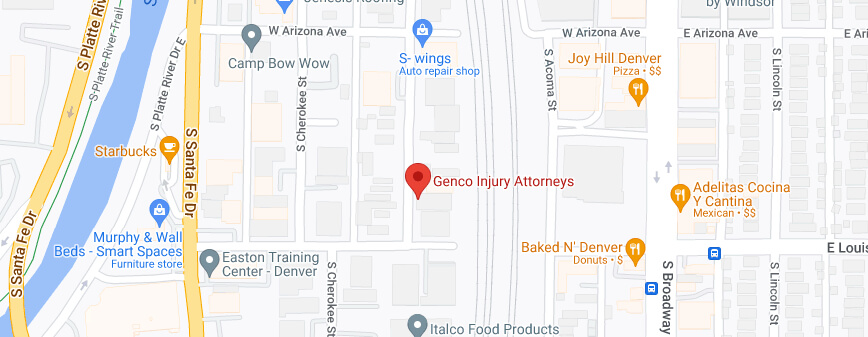The field of physics quantifies and studies the physical laws of our universe. Part of the aim of physics is to understand how objects move and interact with one another. This is pertinent to understanding car crashes because studying how the vehicles impact one another is critical to reconstructing crashes and building better safety features to protect the passengers. To fully grasp the damage a collision can cause, it is essential to remember that the forces involved impact the vehicle, the passengers, and their internal organs.
What Does Newtonian Physics Have to Do With Car Accidents?
Sir Isaac Newton formulated three laws of motion in 1687 that are still used today when discussing physics and can be applied to car crashes. Those laws are:
- Newton’s first law of motion: A body will remain at rest or continue moving in the same line of motion unless acted upon by a force. In a car crash, the passengers move at the same speed as the car. When the vehicle is stopped by the collision, if they are not attached to it by seat belts, they will continue moving forward until another force stops them, such as the windshield.
- Newton’s second law of motion: Force is equal to the mass of object times its acceleration. In a crash, a vehicle moving faster or possessing more mass will exert a greater force than a smaller, slower vehicle.
- Newton’s third law of motion: Every action has an equal and opposite reaction. If a large truck hits small car head-on, the mass of the truck will push the smaller car backward, and the car will experience more impact force and greater damage.
What is the Three Collision Rule?
Every object in motion has kinetic energy, and when that motion is stopped, that energy is transferred to any object it strikes. Due to this, every car crash involves three impacts:
- Vehicular collision: When your car hits something, it suddenly decelerates. The faster this happens, and the larger the mass of the vehicle, the more severe the force of the crash will be. Safety features built into cars try to diffuse this force to lessen the impact on passengers, but they can lead to more damage to the car overall.
- Human collision: Anyone inside the car and any objects they have with them are moving at the same rate as the car. When the car’s motion is stopped, it will continue moving at that rate until they are stopped. Passengers can be injured by both the sudden deceleration caused by striking something else, such as the steering wheel, and from rapidly moving objects within the car, like water bottles, hitting them.
- Internal collision: Because passengers are moving at the same speed as the car before a crash, their internal organs are also going that fast. During the rapid deceleration of a crash, the organs can slam against the inside of the body, causing serious injuries.
How Does Modern Safety Equipment Protect You From These Impacts?
Car safety innovations attempt to lessen the impacts of a crash so passengers suffer less severe injuries. Examples of standard safety equipment include:
- Airbags: These work by slowing the speed at which a passenger decelerates and preventing them from hitting hard surfaces like the dash, windows, or steering wheel.
- Crumple zones: These areas at the front and back of the vehicle are designed to absorb some of the force of the crash by collapsing and redirecting some of the collision’s energy away from the solid part of the car where passengers are seated.
- Seat belts: They spread the force of the crash across sturdy parts of the passenger’s torso, allowing them to decelerate at the same speed as the entire vehicle instead of continuing in motion until they hit something.
Even with these safety features, there are many ways to be injured by the forces of a car crash. If you have been hurt in an accident, contact our experienced lawyers for car crash cases in Denver, CO at 303-500-1376 for a free consultation.
For more information on car accident law, please see:
- What Types of Brain Injuries Can Result From Car Accidents?
- How Can You Prevent Tailgating Car Accidents?









